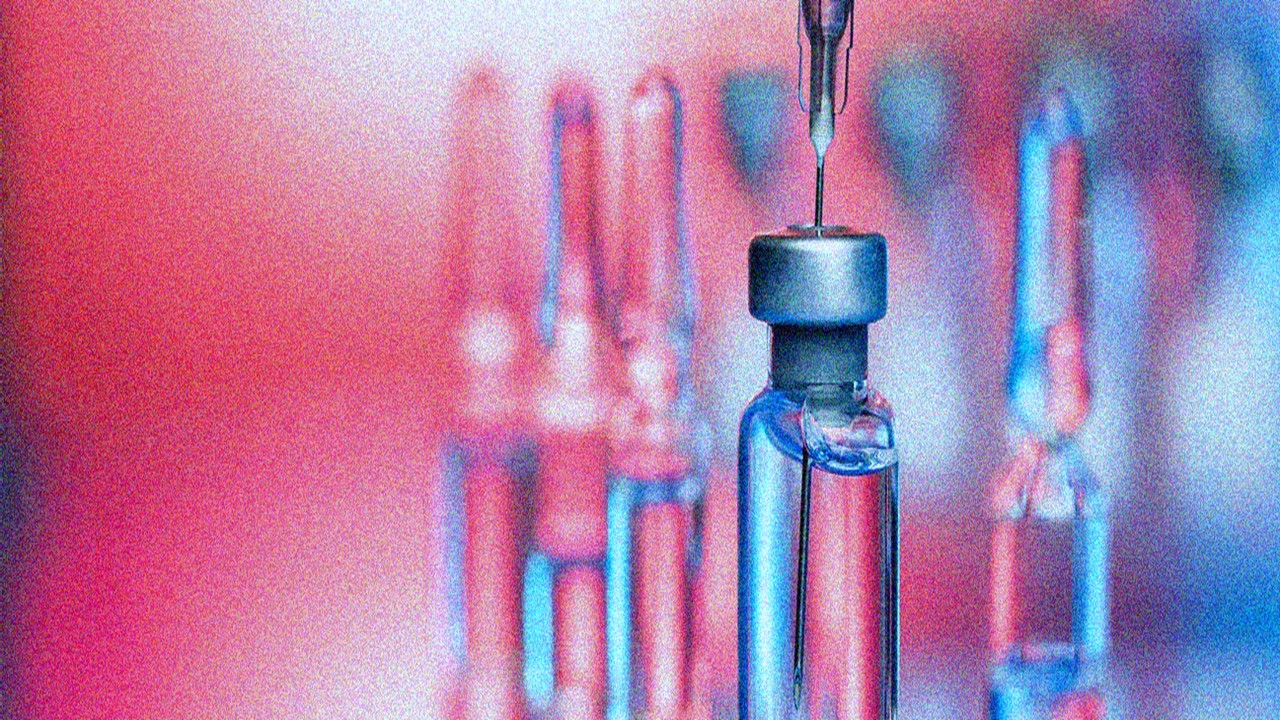SARS-CoV-2 and the disease it causes are first and foremost associated with respiratory illness and symptoms – particularly in the acute phase. However, a diverse array of effects associated with other organs have been recorded – including cardiovascular and neurological. A number of these symptoms are chronic and last long after the virus has been cleared from the body. Understanding the causative physiology that underlies this variety of sequelae will be fundamental in improving our recovery efforts from the pandemic – and extensive research will be needed in this regard. In this article, we aim to examine our understanding of the extent to which COVID-19 can affect the nervous system.
Beyond the Lung
Like all viruses, SARS-CoV-2 requires appropriate receptors and host molecular mechanisms to facilitate its entry to a cell. In this case, these are the Angiotensin-converting enzyme 2 (ACE2), transmembrane protease serine 2 (TMPRSS2) and Cathepsin L (CTSL). ACE2 is the most critical of the three – as it is the required receptor for viral entry. These are known to be highly expressed in the nasal passages, airways and the alveoli. However, all three are present in a wide range of other tissues – the kidney, bladder, eye, heart and, crucially, the brain.
Research has more closely examined the distribution of ACE2 in the brain, finding cells that can express the protein in both neuronal and some non-neuronal brain cells. This includes cells in the olfactory bulb – which may be tied to the loss of smell that is often reported in COVID-19. The ACE2 receptor was also found in endothelial cells in the Central Nervous System (CNS); it is possible that these endothelial cells facilitate the entry of the virus, while neuronal cells expressing the protein are the ones responsible for its capacity to produce CNS-related sequelae. Its presence in the amygdala may also be another link between memory and mental degradation.
Alzheimer’s and COVID-19
Research has also found extensive alterations in the distribution of ACE2 expression in the brain in patients with Alzheimer’s Disease (AD). In particular, a notable increase in brain ACE2 expression has been recorded in AD patients, although lower levels of expression were observed in other regions such as the basal nucleus, hippocampus, the amygdala and others. This suggests a uniquely complex and interactive pathology between the two diseases. AD is known to increase stress through activation of the inflammatory cascade and oxidative stress, which may exacerbate the severity of COVID-19 – particularly in CNS-related symptoms. On the other hand, the potential for SARS-CoV-2 to alter brain physiology and damage key regions of the nervous system can increase the risk for AD in recovered patients.
Physiological brain examination of brain lysates from COVID-19 patients has also shown further similarities with AD pathology. This includes increased kynurenic acid levels, which is a marker of inflammation associated with AD. Additionally, the hallmarks of AD were also present – including increased AMPK and GSK3β phosphorylation in the cortex in both young and old patients, which may suggest plaque formation. Increased phosphorylation of these enzymes was also found in the cerebellum of COVID-19 patients, which is unusual in AD.
The Ryanodine Receptor 2 (RYR2) was also found to exhibit a leaky phenotype in COVID-19 patients, possibly caused through increased oxidative stress, phosphorylation and depletion of stabilizing proteins. This resulted in the RYR2 channel remaining open and allowing the passage of calcium ions under conditions that otherwise would not occur in healthy patients. Conditions associated with leaky RYR2 phenotypes include cognitive deficiencies, heart failure progression and decrease of pulmonary function. These all symptoms congruent with COVID-19 pathology; it is also possible that it may be responsible for a predisposition to AD in later life. This also makes RYR2 a potential target for future long COVID treatments – particularly for the relief of “brain fog”, an often reported symptom.
Wider Neurological Implications
Other physiological markers in the brains of COVID-19 patients also provide cause for worry – and a need for further investigation. A study, aimed at investigating all cortical layers of COVID-19 patients and performing comparisons with other neurological disorders – including multiple sclerosis, Huntington’s Disease, autism and AD, found unique neuronal perturbations. However, the physiological dysregulation observed in glial cells of COVID-19 patients was found to have many commonalities with these and other chronic conditions.
The research above found no signals in the choroid plexus of brains from COVID-19 patients, but it is highly likely that the virus had been cleared. Other studies indicated robust infections of the choroid plexus. The research noted higher rates of cell death as well as transcription profiles congruent with higher inflammatory activity and disturbed secretory functions. The choroid plexus may play pivotal role in the role of SARS-CoV-2 in the CNS, as it may facilitate its entry from capillaries in the bloodstream – and then shed it into the cerebrospinal fluid which enables its distribution to the rest of the CNS. However, the exact mode of entry into the CNS for the virus has not yet been ascertained.
Future Outlooks
The relationship between the CNS and the effects the pandemic may inflict on it remains multifaceted. A cornucopia of neurological symptoms has been indicated in both acute and long COVID patients. This includes the characteristic “brain fog”, loss of smell, memory loss, and extends to brain hemorrhages, strokes, swelling, inflammation, delirium, myelin degeneration, and other adverse events. However, these may not always be directly related to primary effects on the nervous system from the virus. It is important to consider that the virus coincided with unprecedented stressors: unique societal conditions, experimental treatments, shortage of care facilities and a plethora of other possible environmental confounding factors.
In addition, the pathology of the virus in non-nervous tissues, but also at a systemic level, also has the potential to inflict sequelae related to the CNS. COVID-19 can induce hypoxia, lowering the levels of oxygen available to tissues at an organismal level. Conjointly, the virus has been shown to lead to the accumulation of microclots which can also produce symptoms, and contribute to hypoxia, in a wide-ranging number of tissues.
It is therefore critical to continue investigating the role of the virus in the CNS and its potential for neuropathology. As we hopefully transition to managing and living with COVID, we will need to come to terms with the potentially permanent damage it may cause to neurological function – and the increased risks for other neurodegenerative diseases that may come with. Research in this field has already begun in earnest – yet many questions remain unanswered.
Join Proventa International’s Clinical Operations Strategy Meeting in Boston to hear about the wider impact of COVID-19 CNS-related symptoms on Clinical Trials and how the industry should proceed with this in mind. Participate in closed roundtable discussions on key topics from throughout the Clinical Operations space, including the effects of the global pandemic and the rise of virtual trials!

Nick Zoukas, Former Editor, PharmaFEATURES
Subscribe
to get our
LATEST NEWS
Related Posts

Infectious Diseases & Vaccinology
Harnessing IgA: A Breakthrough in HIV Vaccine Innovation
A vaccine eliciting strong IgA responses could revolutionize HIV prevention by protecting the virus’s primary entry points.

Infectious Diseases & Vaccinology
Prostate Cancer Precision-Targeting: The Promise and Challenges of Vaccine Therapies
The future of prostate cancer vaccines lies in combination therapies that harness the strengths of multiple modalities.













